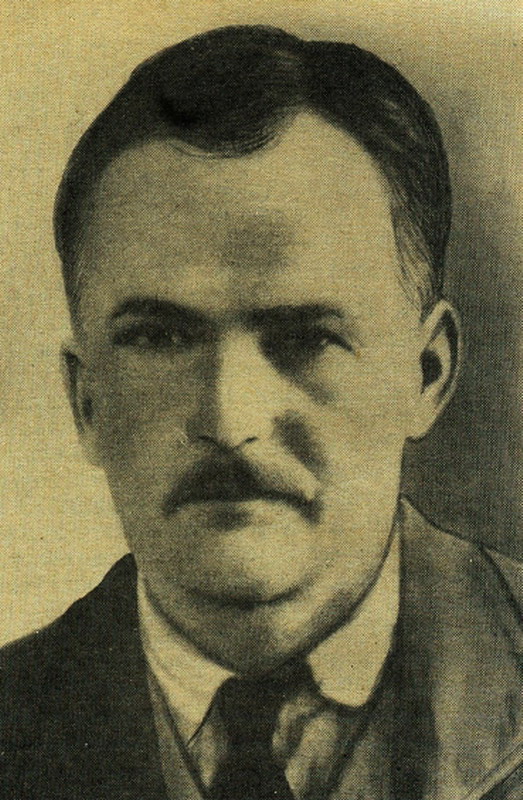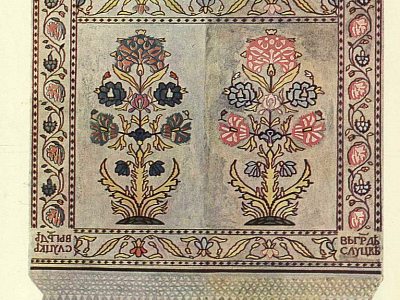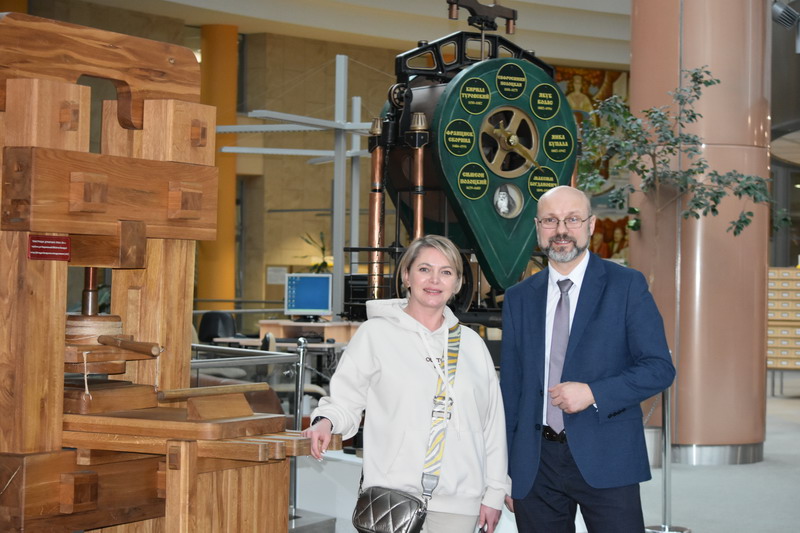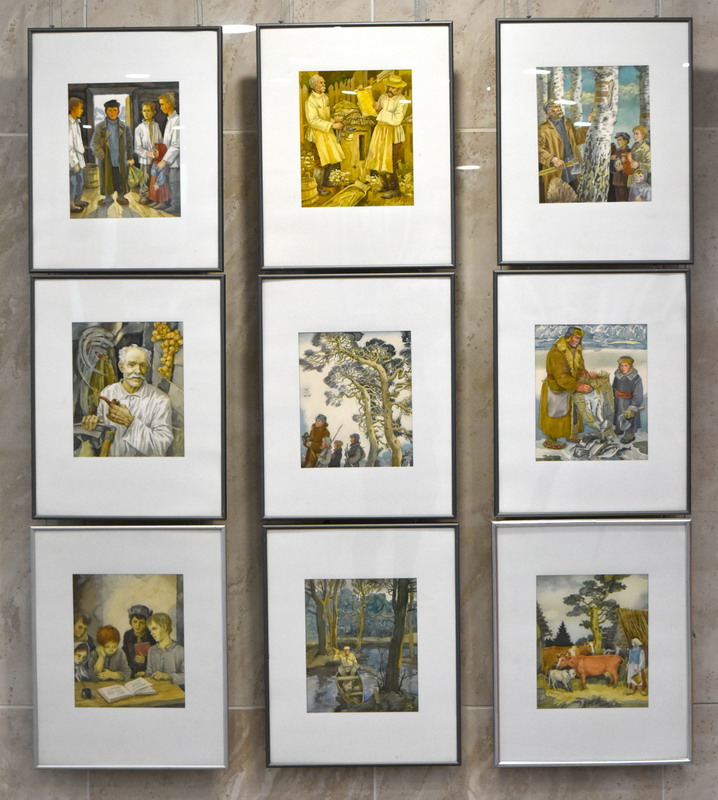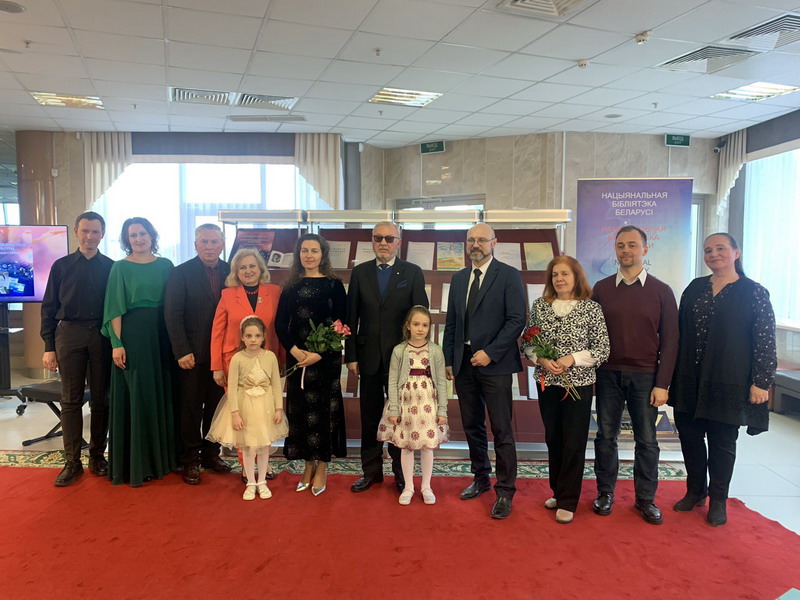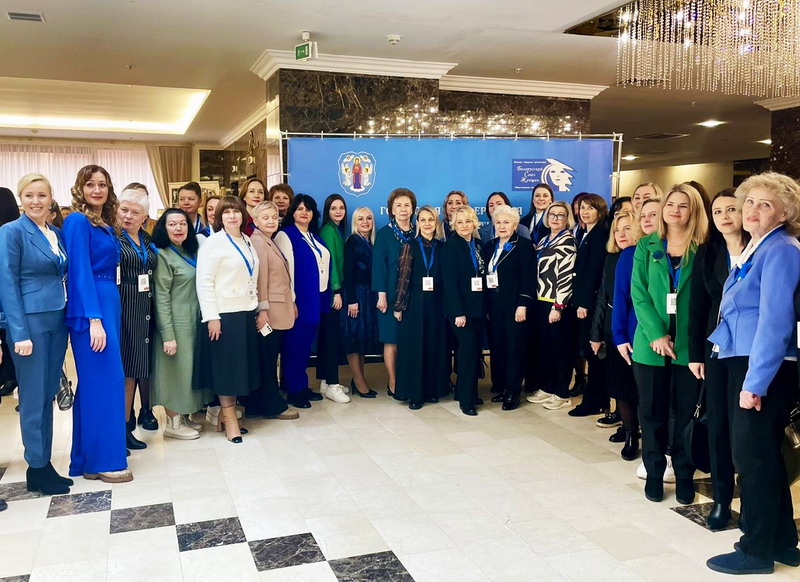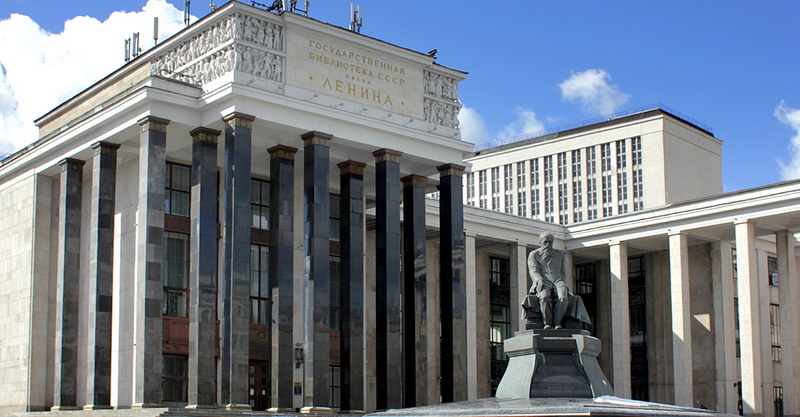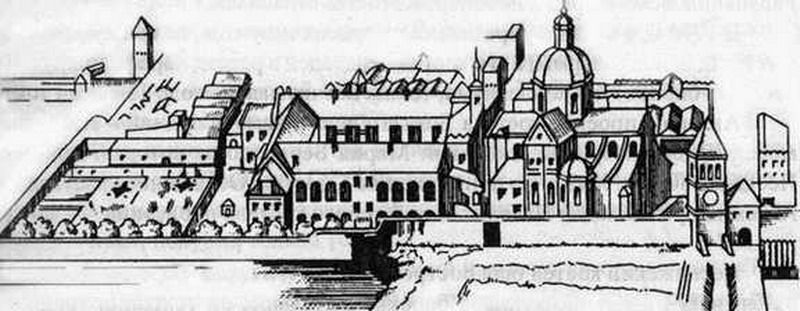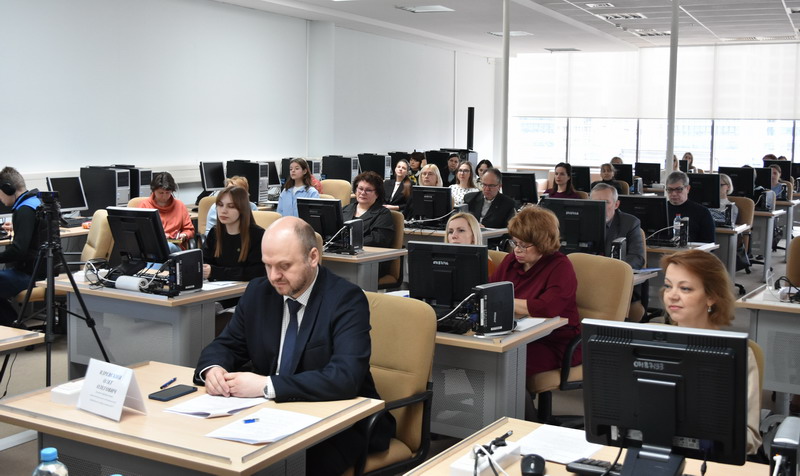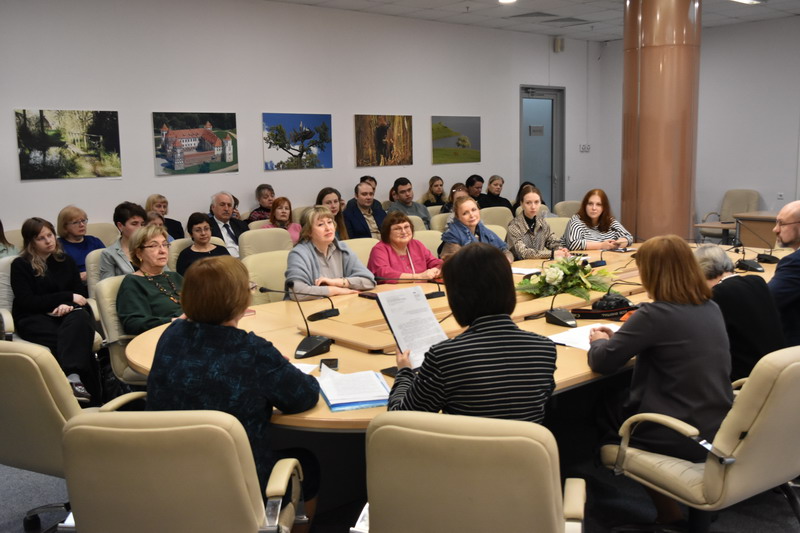2021 marks the 150th anniversary of Isaak Sierbau (1871‒1943), a well-known ethnographer, folklorist, archaeologist who studied everyday life, material culture, folk-poetic and musical art of the Belarusian people.
The name of Isaak Sierbau takes an honourable place in the history of Belarusian science. A scientist of great knowledge, he left behind a valuable scientific heritage, collected rich collections of folk art, and was the first of the Belarusian ethnographers who created a photo library.
Isaak Sierbau was born on May 27 (or may 25 according to other sources), 1871, in the village Kulshychy of the Slauharad district. He graduated from the Polack Teachers' Seminary, Moscow Archaeological Institute. He worked as a village teacher, later as a teacher in educational institutions in Minsk and Homiel. He observed the life and life of ordinary people, their customs with interest, listened to folk songs and fairy tales.
Isaak Sierbau became one of the first members of the Northwest Division of the Russian Geographical Society (RGO), which in 1910 resumed its activities. In 1911‒1912 he carried out a number of expeditions to the south of Belarus. The assembled data and observations he published in two parts in the “Notes of the North Western division of Imperial Russian Geographical Society”, and also separately published “1911 – 1912 Paliessie Voyages” (1914). This is an expedition report of the researcher, containing a description of the basic features of the Paliashuks-Dregoviches' life (health, clothing, farmer's yard, house, furniture, utensils, etc.), reflecting a rich folklore and ethnographic material. In the "Notes…" there's a writing "City of Homiel: A Geographical Statistical Essay" (1911, together with F. Zhudro and D. Daugiala) was also printed.
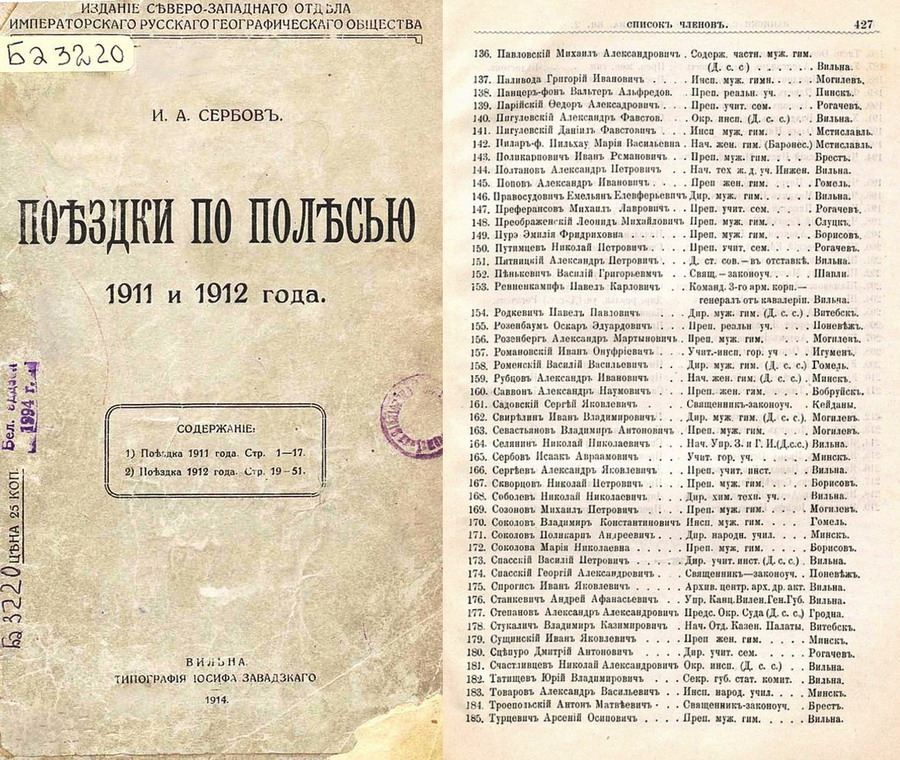
In his ethnographic essay "Belarusians-Sakuns" (1915), the scientist made an overview of the Paliessie dialects, placed descriptions of peasant homesteads, buildings, clothes, shoes, household supplies, as well as more than 30 songs with notes (Christmas, spring, Easter, trinity, non-ritual, etc.), a few fairy tales and legends.
The scientific and pedagogical activities of Isaak Serbau after the October Revolution expanded. Sierbau worked in the public education departments of the Mahiliou and Homiel regions, in the Extraordinary Commission for the Elimination of Illiteracy and other institutions. In 1922, he became a full member of the Institute of Belarusian Culture (Inbelcult), and since 1925 he became Secretary of the Department of Ethnography. He was a member of the Inbelcult Library Commission. At the same time (from 1923 to 1927), he was a lecturer and head of the Department of Ethnography of the Belarusian State University. After the creation of the Academy of Sciences of the BSSR, Isaak Sierbau worked as a scientific secretary in the Department of Ethnography and Folklore of the Institute of History. In 1934, he was awarded a PhD for his scientific work (without defending his dissertation). At the beginning of the Great Patriotic War he was evacuated to Tambov, where he worked as a teacher in a Teacher's Institute. Isaak Sierbau died on January 21, 1943.
Biographical information about the scientist can be found in the online encyclopedia "Belarus in Persons and Events." The National Database of Reputable/Regulatory Records also contains factual information.
A period of special creative rise for I. Sierbau were 1920‒120. One of his most significant works during this period was the publication of "Vichynskija Palians" (1928). The most valuable part of the book is illustrative material, photos taken by the author of the study.
Together with the study of material and industrial life, the scientist studied folk art. He prepared a unique, richly illustrated with his own drawings and photographs monograph "Belarus Folk Art" for printing. Printing of the first volume was started before the war, but it was not published until 1951. It includes samples of Belarusian traditional weaving, carpeting, embroidery, knitting and woodblock printing on textiles. The second volume did not come out, because the materials perished during the Great Patriotic War, like some of the other records of the researcher.
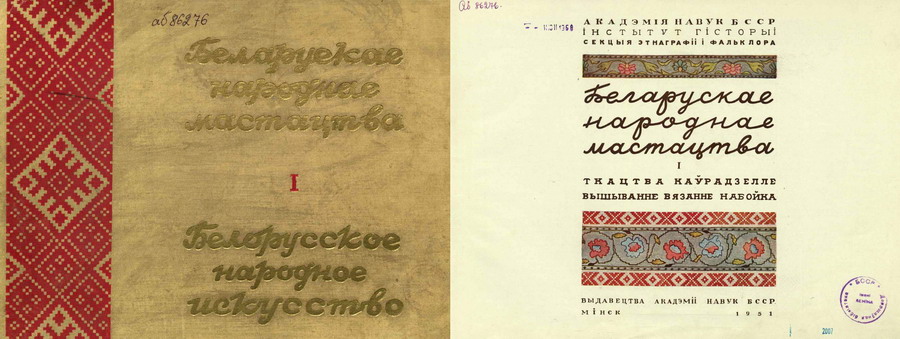
Sierbau was also engaged in archaeological research: near Novy Bykhau, Mazyr, Minsk, in the Dubrouna region, in the Ukhliasc river basin, as well as in other areas of Belarus.
During ethnographic and archaeological expeditions, the scientist widely used photography. He took about 5 thousand photographs, and published only 44 photographs in his books. One of the largest collections of surviving photographs by I. Sierbau is in the collections of the Vilnius University Library. In 2012, the publishing house “Belarus Encyclopedia” released the fundamental album “Belarusians in the Photographs of Isaak Serbau, 1911–1912”.
Bibliographic information about I. Serbau's publications and literature about him, which are stored in the collections of the National Library of Belarus, can be found in the electronic catalogue. In the union electronic information resource “National Bibliography of Belarus” you can find additional information about those publications that are not in the libraries of our country.
Bibliology Research Department

